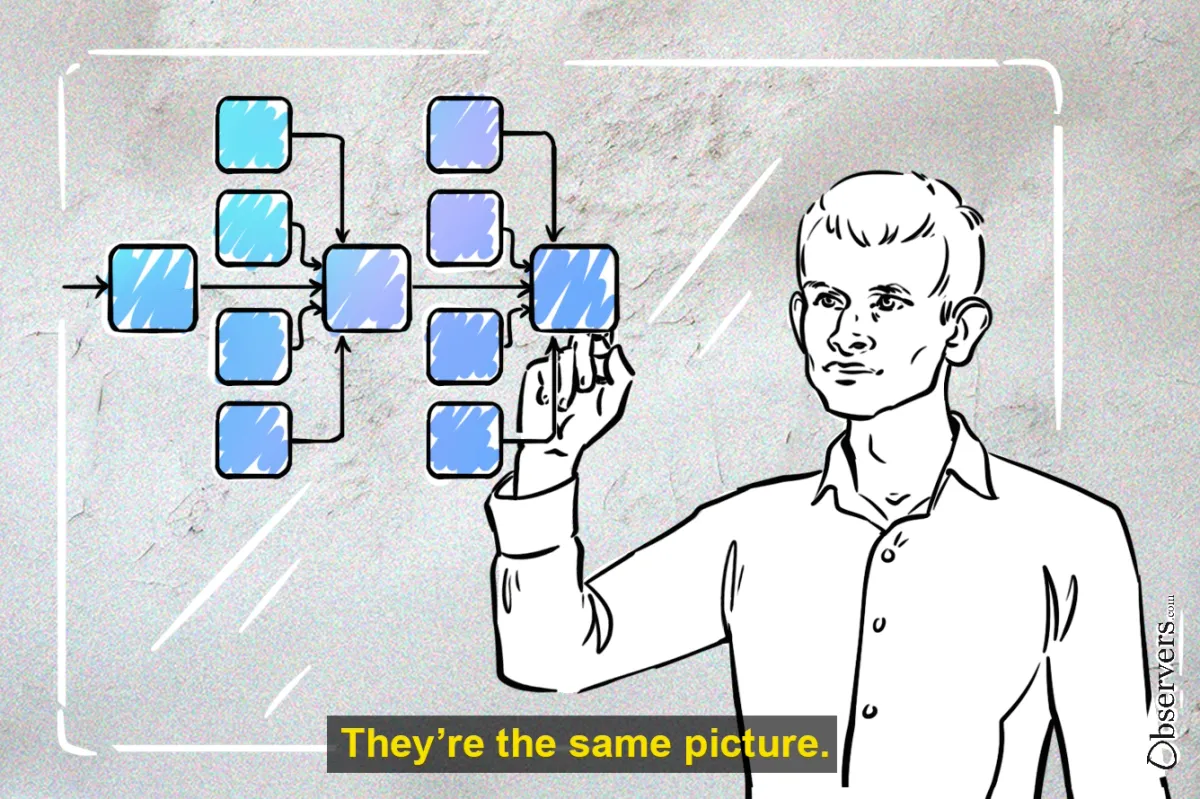
Vitalik Buterin recently released an essay about Ethereum's ongoing scaling efforts, highlighting how the current Layer 2 solutions resemble the much-anticipated sharding feature. In his post, Buterin points out that with the development of the Layer 2 ecosystem, Ethereum is effectively implementing a form of sharding. He states, "In a very real technical sense, Ethereum is doing sharding, and rollups (Layer 2s) are shards."
Although sharding on Ethereum is officially scheduled for no earlier than 2025, Buterin suggests that the current Layer 2 networks are already mirroring the capabilities expected from sharding. These layers give developers the freedom to create unique sub-ecosystems within the broader Ethereum network, offering more flexibility than is available when building directly on Ethereum’s Layer 1.
This Layer-2-centric approach, however, comes with its set of challenges. The main issues include poor interoperability and the creation of isolated ecosystems, leading to a fragmented network. For example, transferring tokens between different Layer 2 solutions often requires using centralized bridges, which can be complex for average users and are prone to security risks. Additionally, if a user changes their key on one Layer 2 network, they must replicate this change across all others, which is inefficient and inconvenient.
Buterin points out that individual Layer 2 networks lack substantial economic incentives to improve interoperability and coordination. Smaller networks may see little benefit relative to the effort required to enhance connectivity, while larger networks might prefer focusing on strengthening their internal ecosystems to maintain their competitive edge.
For example, Arbitrum, the largest Layer 2 (L2) solution, has little economic incentive to create a smooth “Layer 1-like connection” to other L2s. They are more focused on building their own ecosystem to outcompete other L2 ecosystems.
Vitalik explains:
For a layer-2-centric ecosystem like Ethereum to succeed, it needs to understand those challenges and address them head-on, in order to get as many of the benefits of layer-1-centric ecosystems as possible, and come as close as possible to having the best of both worlds.
How and whether these problems will be solved remains unknown. What is certain is that if these issues are not addressed, Ethereum L2’s scaling path might face challenges.

